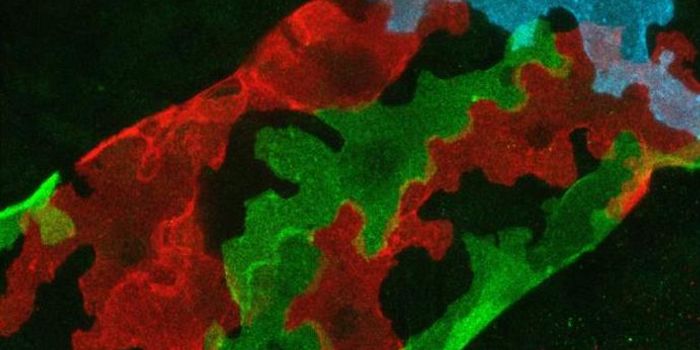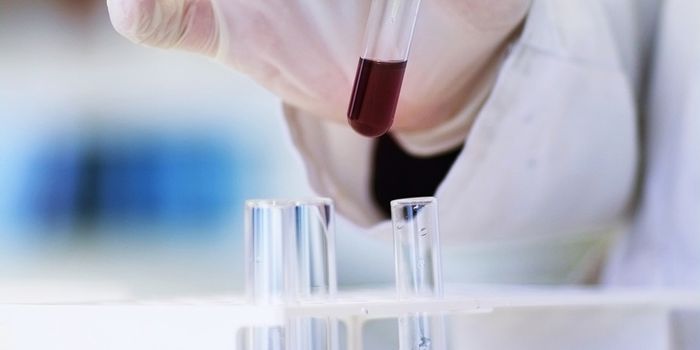Anti-CRISPR Proteins Appear to be Naturally Abundant
Proteins that can counteract the CRISPR system appear to be more common than previously thought. The CRISPR-Cas9 gene editing system has undergone a series of refinements, improvements and been applied in new ways since it’s development a few years ago. Now scientists think these anti-CRISPR proteins present a new opportunity to control the editing tool more tightly. These findings have been reported in Cell Host & Microbe.
CRISPR, which is described in the video, comes from a defense mechanism used by bacteria, which helps protect the microbes from invaders like viruses. But viruses that infect bacteria, bacteriophages or phages for short, have evolved ways to get around those CRISPR defenses, in the ongoing arms race between these microorganisms. Anti-CRISPR proteins enable phages to disrupt the bacterial defense system and leave bacteria susceptible to infection.
Although the CRISPR-Cas9 system has been widely used and studied, only a few proteins that work against it have been discovered. The anti-CRISPR proteins that are currently in use aren’t naturally abundant. They were found by analyzing phages that can infect bacteria that contain CRISPR-Cas9 - those phages had been able to subvert the bacterial defenses, suggesting that an anti-CRISPR protein was present. For this work, the researchers tried something different.
"We used a different approach that focused on anti-CRISPR functional activity rather than DNA sequence similarity. This approach enabled us to find anti-CRISPRs in bacteria that can't necessarily be cultured or infected with phages. And the results are really exciting," said Ruben Vazquez Uribe, a postdoctoral fellow at the Novo Nordisk Foundation Center for Biosustainability (DTU).
In this work, the team chopped up DNA harvested from one pig and one cow feces sample, four human fecal samples, and two soil samples. Those small DNA fragments were put in plasmids and randomly expressed in a bacterial cell. The cell carried a gene circuit that could detect and select for anti-CRISPR activity; bacteria carrying plasmids that might contain anti-CRISPR activity would be resistant to a particular antibiotic. Plasmids that did not carry anti-CRISPR action would not survive. That technique allowed the researchers to easily screen for DNA that had anti-CRISPR activity; then the DNA could be traced back to its origin.
The researchers were ultimately able to find eleven fragments of DNA that circumvent the activity of Cas9. Additional experiments confirmed four new anti-CRISPR proteins.
After analyzing the genes they identified, the researchers found that they are present in many environments including in bacteria in insect guts, food, and seawater. These genes are found throughout nature.
"The fact that the anti-CRISPRs we discovered are so abundant in nature suggests that they are very useful and have a big significance from a biological perspective," said Morten Sommer, Scientific Director and Professor at the Novo Nordisk Foundation Center for Biosustainability (DTU). Sommer discusses his work in the following video.
Anti-CRISPR proteins have been shown to reduce errors in the CRISPR-Cas9 gene editing system. The four new ones appear to have different properties, and the team wants to learn more about them.
"Today, most researchers using CRISPR-Cas9 have difficulties controlling the system and off-target activity. Therefore, anti-CRISPR systems are very important, because you want to be able to turn your system on and off to test the activity. Therefore, these new proteins could become very useful," Sommer said.
Sources: AAAS/Eurekalert! via TUM, Cell Host & Microbe








